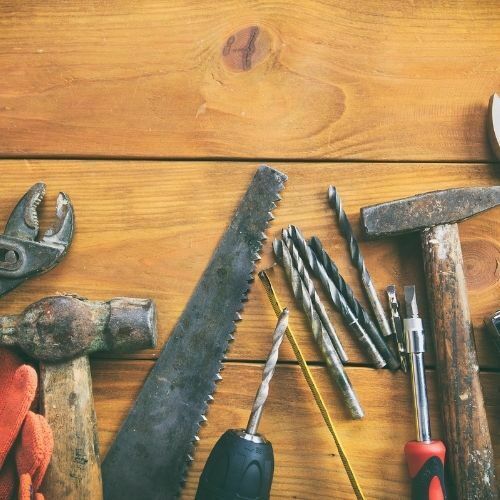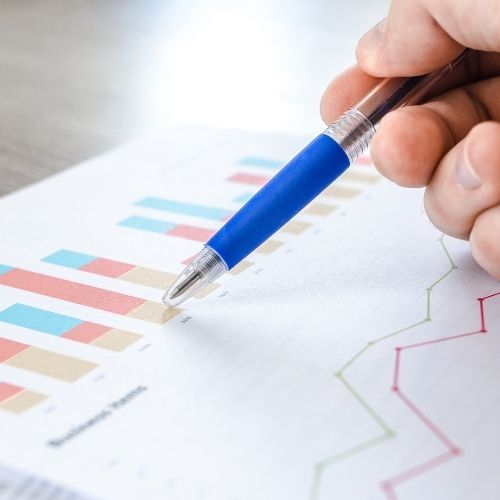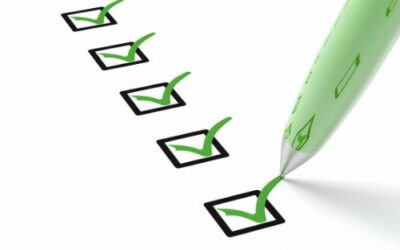
The asset register is a comprehensive listing of all physical resources used by an entity, may it be an office, factory, school, or theatre. It enables you to store all the essential information for every asset in a highly organised manner.
The asset register lies at the core of your organisation’s asset tracking system. If you know all that you need to add to it, you’ll have a well-developed asset register and in turn, robust asset management for your company. Here’s a comprehensive guide on what should be added to your asset register.
Types of Assets You Should Add To Your Asset Register
- IT Assets
- Equipment
- Furniture
- Machinery
- Vehicles
- Property
- Digital Assets
- Industry-specific Assets
- Miscellaneous
Different Asset Types To Add To an Asset Register
It is a good idea to group assets into categories. Asset categorisation not only helps you organise your asset data better but also helps you decide which items go on the asset register.
Bigger organisations will have a greater number of asset types to work with. However, most businesses’ assets can be grouped into the following types:
IT Assets
If your company has a considerable number of IT assets being used by almost all employees, you might need a separate IT asset management software. However, if you’re not an IT-intensive company, you can add your IT assets to the asset register along with other company assets.
All company-issued computers, screens, laptops, smartphones, tablets and associated hardware like mice, keyboards, printers, speakers, etc., are IT assets. Essentially, all computer or connectivity devices qualify as IT assets and should be added to the asset register.
Equipment
Every company has a set of tools or equipment that are used frequently. This equipment might not be the primary instrument for what your organisation does, but they play a crucial role in enabling you to do your work.
To qualify as an equipment asset, an item must be purchased to bring it under company use for more than a year. Anything from spanners and wrenches to laptop bags and lockers can be classified as equipment.
If you’re a construction company that works with a lot of equipment, you will benefit from using equipment checkout software that enables you to keep track of all your equipment.
Furniture
All tables, chairs, couches, and cabinets are the company’s assets that enable workers to function properly. All pieces of furniture should be added to the asset register unless you’re a furniture shop. In that case, only the furniture you use every day goes into the asset register.
Since furniture is purchased for long-term use, that is more than one year, this means pieces of furniture are fixed assets.
Furniture should be added to the asset register because there’s a fair amount of investment that goes into purchasing furniture and making a workplace functional. Everything from desk footrests to window blinds should be tracked for greater accuracy.
Machinery
If you work at or operate a factory or plant, the primary machines you utilise to produce a product or deliver a service are your primary assets and should be added to the register. Apart from large producing units, any heavy piece of equipment that plays a direct part in what your company delivers should be added to the asset register.
Vehicles
Company-owned automobiles, trucks, bikes or any vehicle for employees or logistics are a primary asset of your organisation. All vehicles should be added to the asset register so they can be effectively tracked for maintenance and security.
Property
Property owned by a company is not the everyday asset you’ll be adding and tracking in the asset register. However, the property owned by your organisation still qualifies as an asset and should be treated accordingly.
It’s not that you’d need to track your property like you have to track other movable assets. The purpose of adding it to your asset register enables you to minimise the paperwork and store information like the time of purchase, market value and tax data all in one place. This will surely make financial audits a walk in the park.
Digital Assets
Not every other organisation has digital assets to track, but for those who do, an asset register is an excellent place to store all their data in one place. Your company may have digitally stored assets such as important images, audio, video or documents that need to be tracked.
If your company owns digital assets like NFT, cryptocurrency or IoT assets, tracking them all in one asset register will make life much easier.
Industry-specific Assets
Every organisation has a set of assets that are not used by others, except those in the same industry. For instance, props for theatres, lights, cameras and production equipment for production companies or whiteboards for schools, all are examples of industry-specific assets in their respective industries.
Categorising these assets can be a bit tricky, but this category helps you identify all industry-specific assets and add them to the asset register.
Miscellaneous
If you’re still left with some items that do not fit into the categories mentioned above, they belong to the miscellaneous section. You must note that these assets must be owned by the company and are not short-term assets like stationery or food items.
Bottom Line
All in all, every object that your company owns and intends to use for a considerable period of time is a company asset and should be added to the asset register. However, you must note that an asset register differs from an inventory. You cannot track stock or consumables with an asset register.
To find out more about how itemit’s asset register software can help your business, you can contact the team at team@itemit.com. You can also fill in the form below to start your very own 14-day free trial.

Try itemit
Choose a better way to track
your assets.
Start your free 14-day trial now!

Keep Learning
itemit Blog
Tips, guides, industry best practices, and news.
Why Having An Accurate Asset Register Is Important
Why is having an accurate asset register so important and how can it help with equipment tracking? Read this post now to find out!
What To Include In Your Fixed Asset Register
What should you include in your fixed asset register and how can you make it work for you? Read this post now to find out!
What Exactly Is An Asset register?
What exactly is an asset register and will your chosen asset register format offer you everything you need? Read this post to find out!




